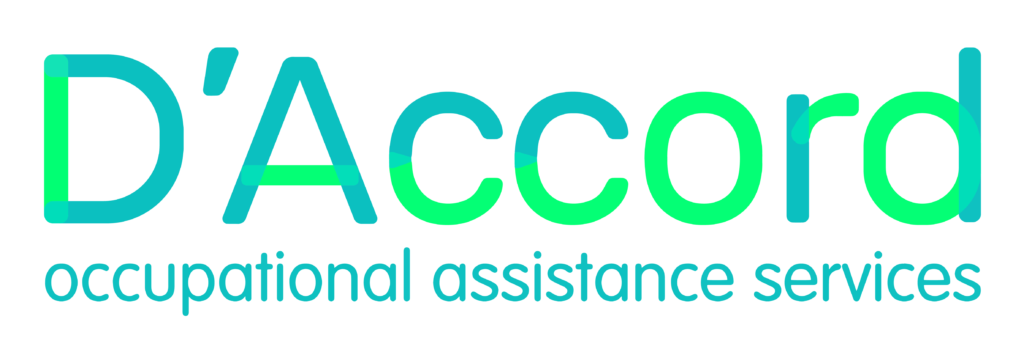Understanding how we communicate, and how others do, is a powerful tool for success, especially for professionals in a diverse city like Melbourne, Australia. Therefore, understanding communication styles is the first vital step in mastering effective communication.
Communication styles refer to the characteristics of how we express ourselves verbally and nonverbally. It influences our interactions and relationships in any setting that requires social encounters. Research also indicates that communication styles have a significant impact on job satisfaction.
This article will define five key communication styles, explain their impact, and provide you with practical insights to help you navigate your workplace and build stronger, more effective relationships.
What is a Communication Style?

A communication style is the manner in which a person expresses their thoughts, feelings, and needs. It encompasses both the words they use and their non-verbal cues, such as tone of voice, body language, and gestures.
Understanding these styles is crucial for any professional who wants to enhance their interactions, minimise misunderstandings, and cultivate a more harmonious work environment, which can ultimately lead to lower staff turnover.
While an individual may have a dominant style, most people use a blend of styles depending on the situation and the person they are communicating with.
Recognising these styles in yourself and others is the first step toward becoming a more adaptable and successful communicator.
5 Communication Styles and Their Impact in the Workplace

Understanding the nuances of each communication style can help you adapt your own approach and better interpret others’ intentions. Here are five of the most common styles you’ll encounter.
1. Passive Communication
Passive communicators tend to be very agreeable and avoid conflict at all costs. They often suppress their own feelings, needs, and opinions to please others or maintain peace.
In the workplace, this can manifest as an employee who consistently agrees to take on extra work, even when they are already overburdened.
While they may seem easy to work with, this style can lead to resentment, burnout, and a lack of creative input from the individual. Over time, this can lead to feelings of being ignored or taken advantage of.
2. Aggressive Communication
An aggressive communicator is focused on winning and having their own needs met, often at the expense of others. This style is characterised by a strong, sometimes forceful, tone and a tendency to dominate conversations and disregard others’ feelings.
In a workplace, this can manifest as an individual who interrupts frequently, uses “you” statements to blame others, or resorts to a raised voice and intimidating body language.
This style can create a tense environment and is often a significant source of conflict, as well as a key reason why employees may seek anger management resources.
3. Passive-Aggressive Communication
Passive-aggressive communicators appear passive on the surface, but express their negative feelings indirectly and subtly. They often use sarcasm, hints, or procrastination to show their anger or frustration rather than addressing the issue directly.
In the workplace, this could be a team member who agrees to a task in a meeting but then conveniently “forgets” to complete it, or uses subtle, backhanded compliments.
This style creates confusion and distrust among colleagues and can be particularly harmful to team cohesion, as it prevents honest and open dialogue.
4. Assertive Communication
Assertive communication is generally considered the most effective and healthy form of communication.
It is the perfect balance between passive and aggressive, where individuals express their needs, opinions, and feelings clearly and respectfully, while also listening to and respecting the rights of others.
An assertive communicator is confident in their message, using “I” statements to own their feelings, and is open to finding a mutually beneficial solution.
This style fosters trust, builds strong relationships, and is essential for leaders who wish to manage conflict constructively at work.
5. Manipulative Communication
Manipulative communication employs cunning, deceit, or emotional tactics to control or influence others to achieve one’s goals.
This style often involves a lack of genuine empathy and can be challenging to spot, as manipulators are usually charismatic and skilled at feigning sincerity.
In the workplace, a manipulative communicator might use guilt, flattery, or emotional appeals to sway a colleague’s decision, or spread rumours and gossip to gain an advantage.
This style erodes trust, creates a toxic work environment, and is directly detrimental to a healthy diversity in the workplace culture.
Ready to Master Your Communication Skills?
Understanding these five communication styles is the first step toward improving your professional relationships and enhancing your career.
By learning to be more assertive and empathetic, you can navigate workplace dynamics more effectively, reduce conflict, and build a stronger, more resilient team.
Ready to elevate your communication skills and build a more resilient workforce? Explore D’Accord OAS’s customized Training & Workshops designed to accelerate professional development. Contact us today to discuss your organisation’s growth strategy.
Frequently Asked Questions (FAQs)
1. What is the communication style in Australia?
Australians typically have a direct yet friendly communication style. They value honesty and openness, maintaining a respectful and informal tone. It’s common for slang and humour to be used in daily conversation, even in professional settings.
2. How do you communicate effectively in Australia?
To communicate effectively in Australia, we recommend practising active listening, being assertive but respectful, and using clear, straightforward language. Being mindful of your body language and using the right communication channel for each situation is also crucial.
3. Is there any training or workshop in Melbourne to help with communication skills?
Yes. Professional workshops are an extremely effective way to hone communication skills. D’Accord OAS offers customised training and workshops in Melbourne designed to equip individuals and teams with practical skills in communication, leadership, and emotional intelligence.











